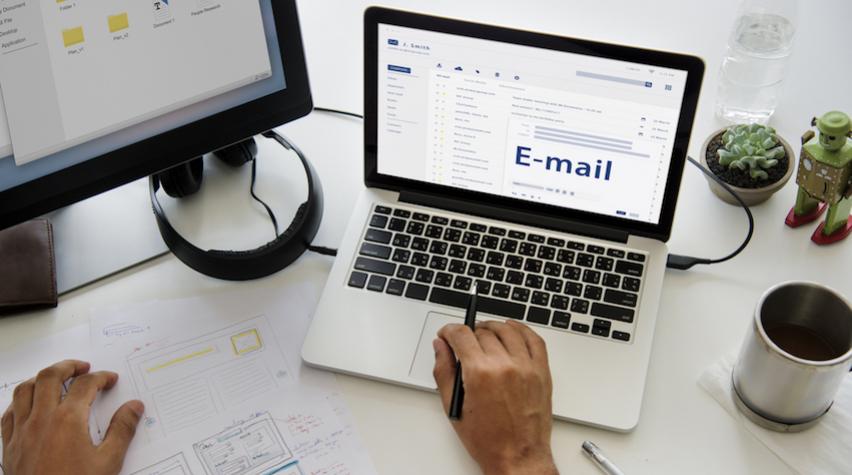
We've all received that email, haven't we? The one that makes you cock your head to one side and think, "Did they really say that?", and want to immediately write back an equally snarky reply. In today's workplace, and with most of us still working remotely, written communication skills — whether through email or various messaging apps — are of the upmost importance. Without the benefit of stopping by someone's desk and seeing their body language and hearing their tone of voice, it's incredibly easy for an innocent email to be misconstrued.
Resist the urge to snap back
Remember when your parents used to say that you attract more bees with honey? Well, they were right. Rather than escalating the situation, place your hands firmly on your table and push. Take a lap around the living room, pet your cat, but most of all don't reply with emotion. No matter the sender's intention, always reply as you'd want to be addressed. Everyone deserves to be treated with respect.
Lead by example
In meetings or just one-on-one conversations, we almost always start work conversations with a social comment asking after kids, family, or how a person's weekend was. Email should be no different. Leading with a social comment lends a personal human connection to a faceless email. If you're asking for a favor or for work to be done, be sure to show your thanks. I don't know about you, but I always go above and beyond when someone shows kindness and empathy.
Read your email and then read it again
Be personable but succinct. Review your email not only for tone, but for clarity. Is my subject line clear? Did I convey a polite tone? Did I use the dreaded CAPS lock or unnecessary bolding, which could make me look bossy or angry? Does my email make sense, or is it overly wordy and easily misunderstood?
Focus on positives
Perhaps you've received an email with a ridiculous request. Rather than going for the jugular, briefly explain what cannot be done, and then what can. By offering an alternative and an explanation, you're conveying your respect to the reader by taking their request seriously.
The same goes for tasks completed incorrectly. While mildly annoying, you won't accomplish much by upsetting your reader. Thank them for their efforts, and then explain again or hop on a call rather than going back and forth. A quick phone call can often nip needless back and forth emails in the bud.
If all else fails, pick up the phone
If you feel that your email was interpreted badly, stop what you're doing and call. More often than not, it's a simple communication error that can be easily resolved with a phone call or Zoom meeting. Hearing a person's voice and inflection can almost always resolve any hurt feelings or misunderstandings.
Remember: the ultimate goal at work is for successful collaboration and completed projects. If you utilize the guidelines above — remaining mindful of your tone and clarity — you'll set yourself up for a positive outcome.


